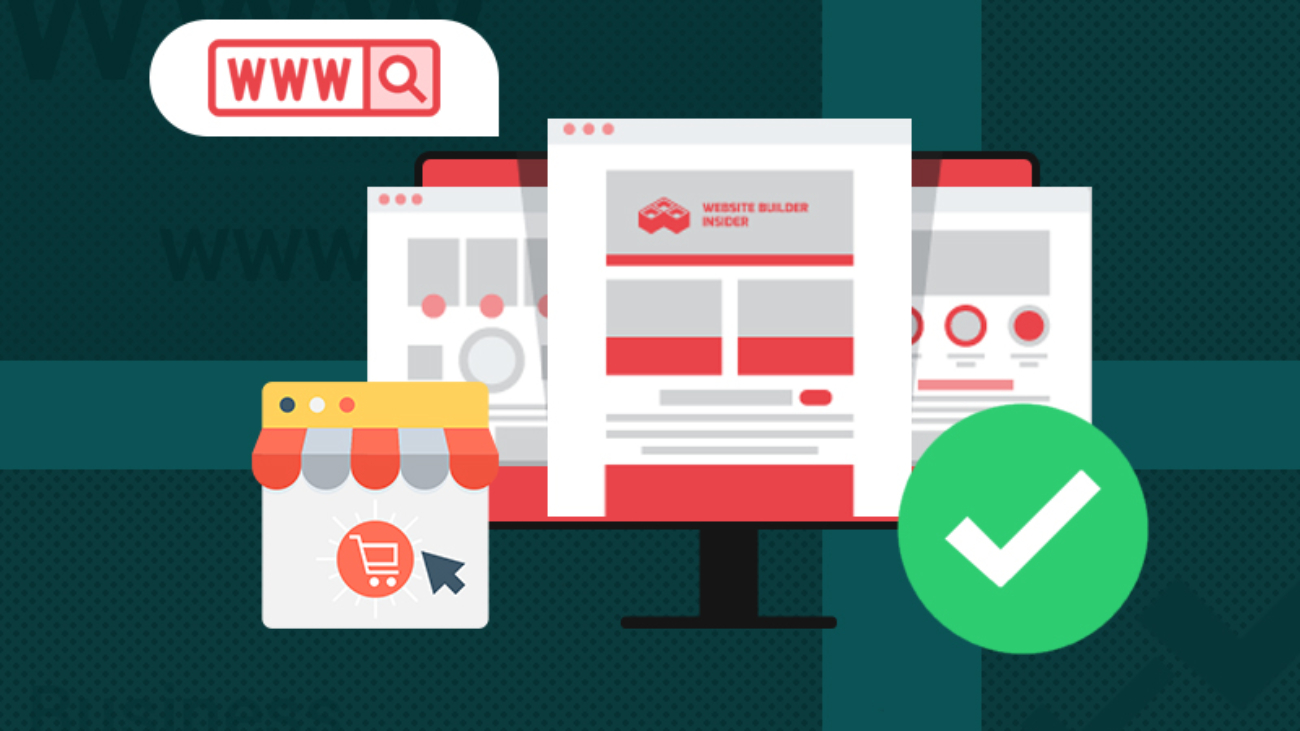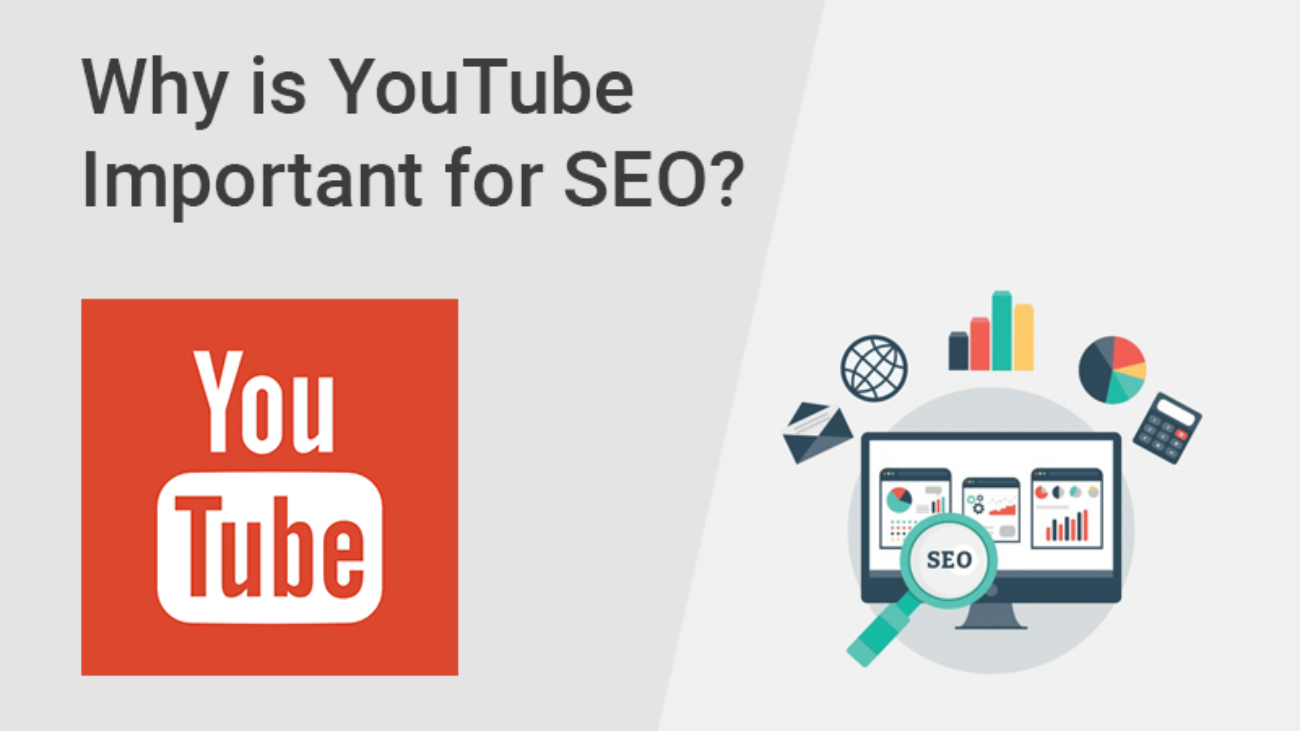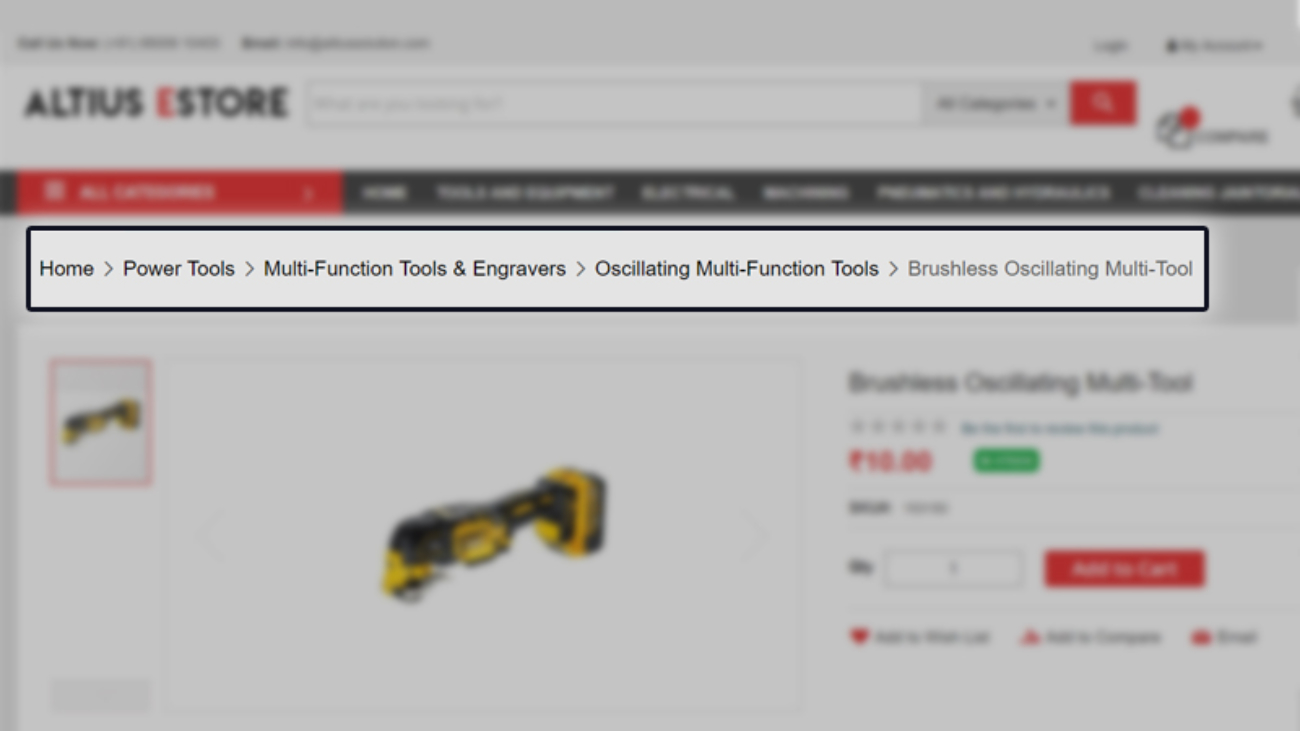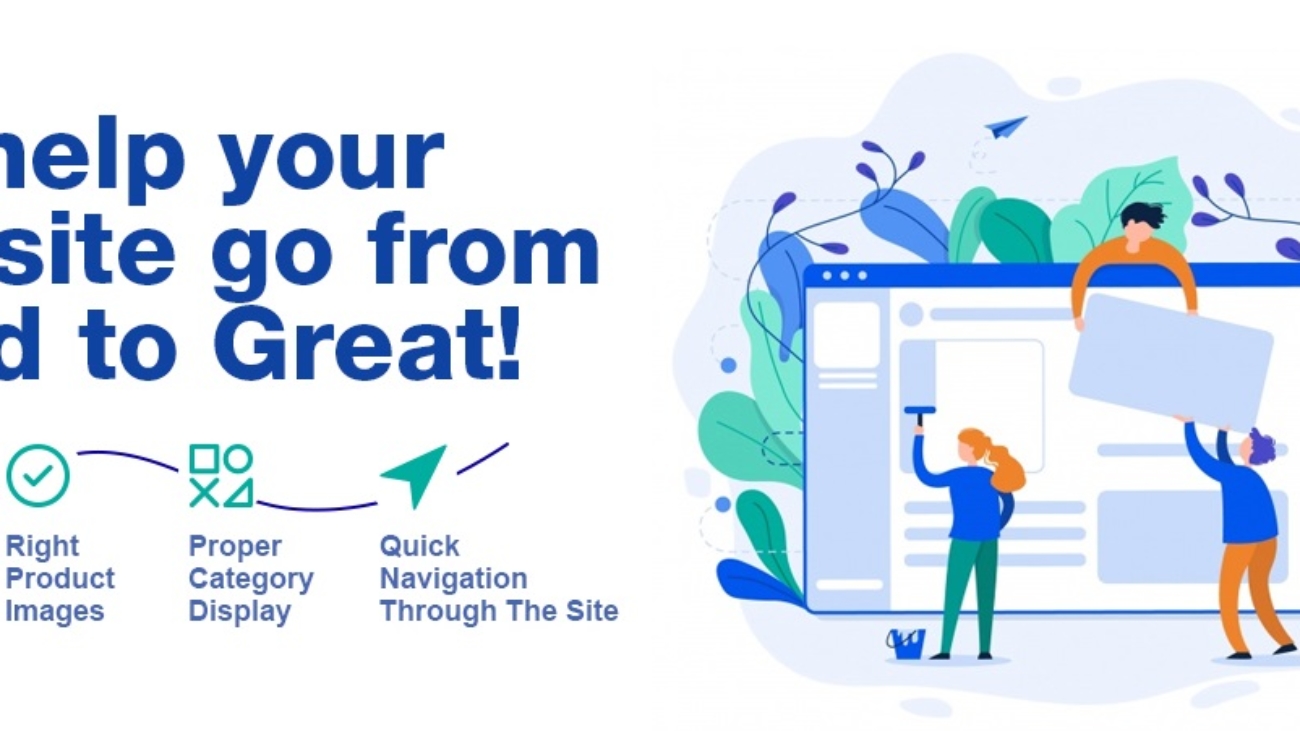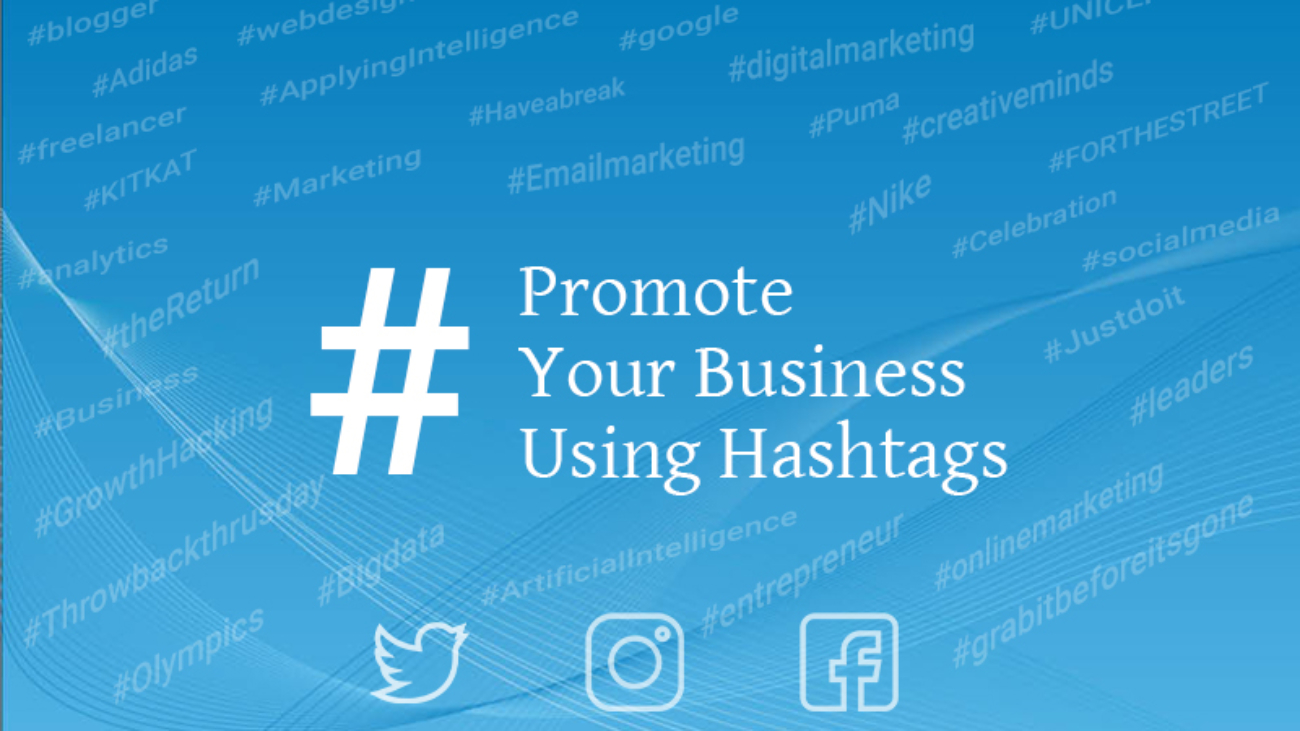“One picture is worth ten thousand words.” – Chinese Proverb.
Product images are as important as product descriptions when you want to boost your e-commerce sales. Most of the time, people look for an appealing image that attract them towards the product. You may need to use a photo editing software to help you with getting the right product image.
The following tips help you with how to use an interesting image along with your product listing.
Use images from authentic sources
You must focus on mainly using the primary image from the manufacturer’s website. Sometimes, you may need to use additional images from other reliable online sources. This can help in getting various views of the same product from different angles.
Choose a high resolution for the image
A high resolution undoubtedly renders more clarity to the product image. If the original image has low resolution, you may have to adjust this so that the clarity is not compromised. Once you make a change, remember to zoom the image and check to see that the image is still at its best without distortion.
Opt for a white background
Always make sure that you display all your product images on a white background. This must be strictly followed irrespective of the color of the images. A white background greatly improves the clarity of the product and makes it easy for buyers to get an idea about the same.
If the existing background is not white in color, make sure you change it to white for easy product visibility.
Remove watermarks and/or logos
This is important if you are selling products of other manufacturers or vendors on your e-commerce website. Sometimes, they use watermarks mentioning their name or logo on the background of the image on their website. You must remove these before using the image with the product listing on your website.
In a nutshell, if people find the image on an e-commerce website, they are likely to look for further details such as description and cost. On the other hand, a listing with a low quality image maybe overlooked even if the product has the features what a prospective customer is looking for.
Ravinthar R
Asses e-stores and recommend revenue generating SaaS solutions





